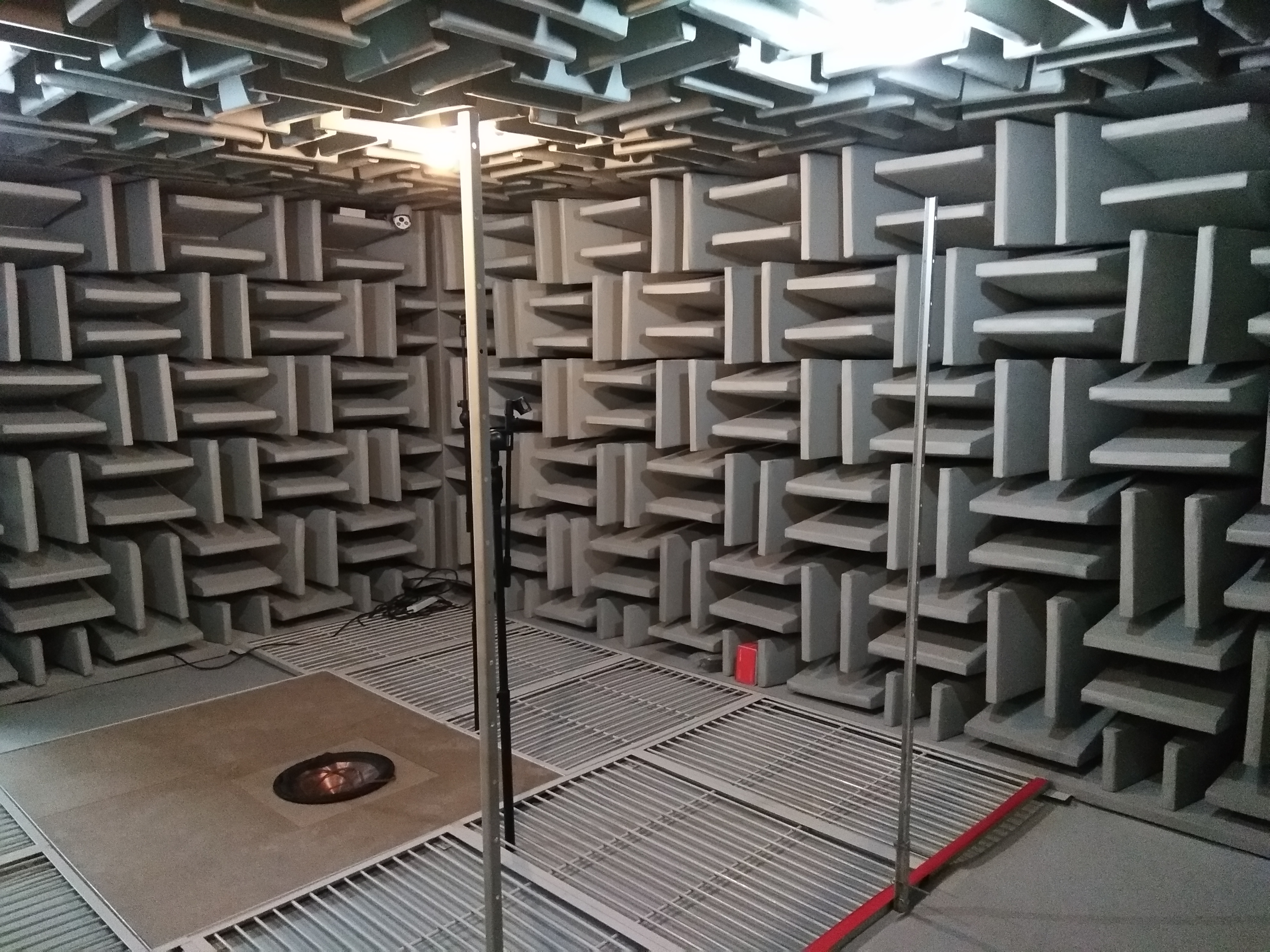The anechoic chamber is an enclosed space specifically designed to reduce the transmission and reflection of noise, simulating a free sound field. It is often used in scientific laboratories, recording studios, factories and other places where noise needs to be controlled. The design principles of an anechoic chamber are based on the knowledge of the acoustic discipline and aim to absorb, weaken or eliminate the transmission of sound to the greatest extent, thereby creating a quiet environment.
First of all, the walls, ceiling and floor of the anechoic chamber will be covered with sound-absorbing materials. These materials can effectively absorb sound waves and convert them into weak heat energy, reducing sound reflection and meeting the requirements of acoustic testing. Common sound-absorbing materials include various foam materials, fiberboards, soft materials, etc., which are made into sound-absorbing wedges. By increasing surface roughness and porosity, these sound-absorbing materials can improve sound wave absorption and reduce sound reflection.
Secondly, the structure of the anechoic chamber will adopt a sound-absorbing isolation design to prevent sound from being transmitted in from the external environment or transmitted from the inside. This design typically includes double walls, sealed doors and windows, and air isolation. These measures can effectively reduce the impact of external noise on the internal environment, while also preventing internal sound from leaking to the outside.
In addition, anechoic chambers take into account the effects of air flow. Specialized ventilation systems are usually designed to ensure that the flow of air does not produce noise and keeps the indoor air fresh. This type of ventilation system typically uses low-noise fans and silencers to reduce noise. In addition, various equipment and instruments used in the re-anechoic chamber will undergo special treatment to avoid affecting the acoustic test results.
The design principle of the anechoic chamber is to reduce the transmission and reflection of noise through sound absorption, sound insulation and control of air flow, creating a quiet and comfortable working or living environment. The design of the anechoic chamber needs to comprehensively consider the sound absorption performance of the material, the sound insulation effect of the structure and the working efficiency of the ventilation system to achieve the best sound attenuation effect.

